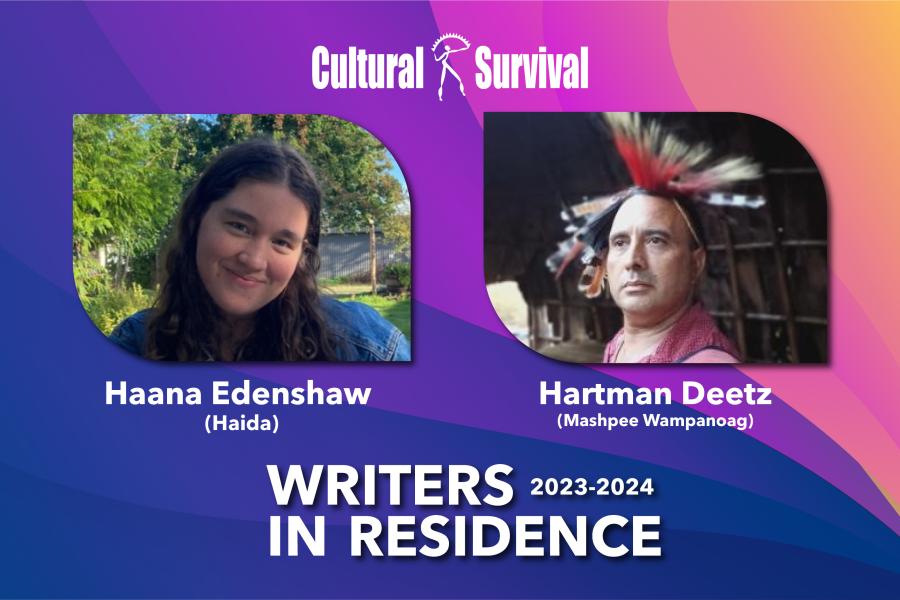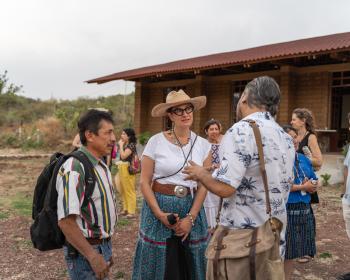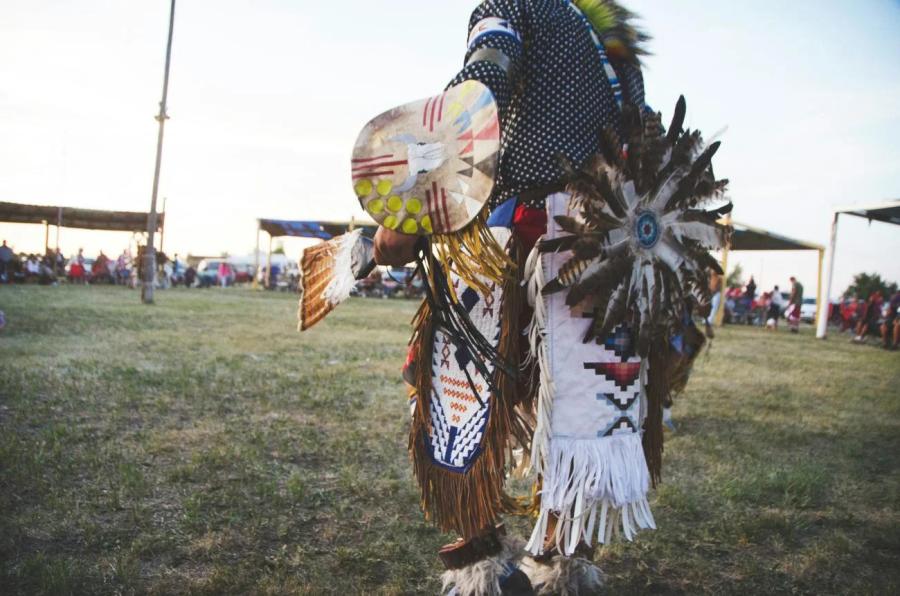Cultural Survival Education Coordinator Lisa Matthews recently spoke with Ken Pepion about the importance of education for and about American Indians. Pepion is the executive director of the Native American studies program at Harvard University.
Matthews: What challenges do educators face when they include American Indian studies in their curriculum?
Pepion: Some of the barriers that university professors run into in terms of establishing area studies—be they women’s studies, Latin American studies, Asian American studies, or American Indian studies—are the entrenched academics that tend to think that these are peripheral courses of study. Some universities’ response to ethnic studies is that ethnic studies groups should be studied in comparison to one another and to the dominant society.
Are colleges more attuned to the need for education for and about indigenous peoples and issues?
Prior to the civil rights era, education tended to either deny those things were important to American Indian students or they just wanted to “civilize the Indians”—Christianize the Indians. Basically the idea was to help them lose their cultural identities because they were all part of this huge melting pot.
Actually, Harvard University is the oldest university in the country, founded in 1636. It was chartered in 1650, and among the first lines of the reason given for the chartering of Harvard University was the teaching of English to Indian youth. Money was given, primarily by church organizations of England, for Harvard to do exactly that. The very first brick building built in Harvard Yard was the Indian College. There were a number of Indians that were recruited here. The first Indian graduate was a Wampanoag, in 1665. Although, I do have to say in the same breath, which is quite chilling, that it wasn’t until last fall, it wasn’t until the fall of 2001, that the next Wampanoag student was actually admitted to Harvard University. So there’s a little gap there—about 350 years—in making very conscious and targeted efforts at Native American students.
How did this gap occur?
Church groups all through the 1800s, up until 1950 or so, administered American Indian education. My parents, for example were taken to boarding schools, taken away from their families against their will. They were punished if they spoke their native language; they were punished if they practiced their traditional ways. People of my parents’ generation, because of that influence of boarding schools, and because of the fact that they came from areas of high poverty and unemployment, felt that the best thing that they could for their children was to make sure that they were educated in white men’s schools, that they learned the English language as a way out of this poverty.
Consequently, a generation of American Indians tended to be raised monolingual, and had to go back and learn their native language, learn their cultural traditions. This is not true across the board, but by and large, the larger Native American population was subject to an education system that essentially saw no value whatsoever in teaching their language and their cultural ways.
How are American Indian students affected by this new climate today surrounding American Indian studies and education?
Barriers that exist all along the academic pipeline are such that they make up generations of people who have not been encouraged. This is especially true for American Indian students. When I was in high school there was no expectation that Indian kids would go to college. When I was graduating high school, even the people who are in charge of education for the Bureau of Indian Affairs came and said that I’d never make it in college, that I should go to a vocational school, a tech school of some sort, because Indians are good with their hands. That is a very common experience. All along, American Indians and other minorities run into discouragement to achieve academically.
Have tribal colleges succeeded in the face of these challenges?
The first tribal college was the Navajo Community College (now called Diné College). In the late ‘70s and all during the decade of the ‘80s, tribal colleges were developed. Those institutions were the first higher education access for people who did not want to move away from their homes to go to school. They’re very different because the core mission of every tribal college is the maintenance of the culture and the language of a particular tribe. But it’s not just preparation for four-year degrees either, although it is certainly that. It’s also adult basic education. Adults can go there and get help with their reading and their writing, their literacy skills, as well as vocational certificates. It’s interesting. When tribal colleges started to become popular, I was working at a majority institution as an administrator and student adviser. We thought that tribal colleges would be feeders to four-year institutions. But statistics demonstrated that students would come from reservation areas to four-year institutions and find out they weren’t academically prepared, or they weren’t psychologically prepared for that change, and they ended up going back to tribal colleges. There [in the tribal colleges] students could get an introduction to college life, get the basic course work out of the way, and then transfer to a four-year institution. So it ended up being that the four-year institutions were the feeder institutions to the tribal colleges. Tribal colleges work because they embrace the fact that Native American students don’t have to give up their culture or their identities in order to achieve at a high level.



